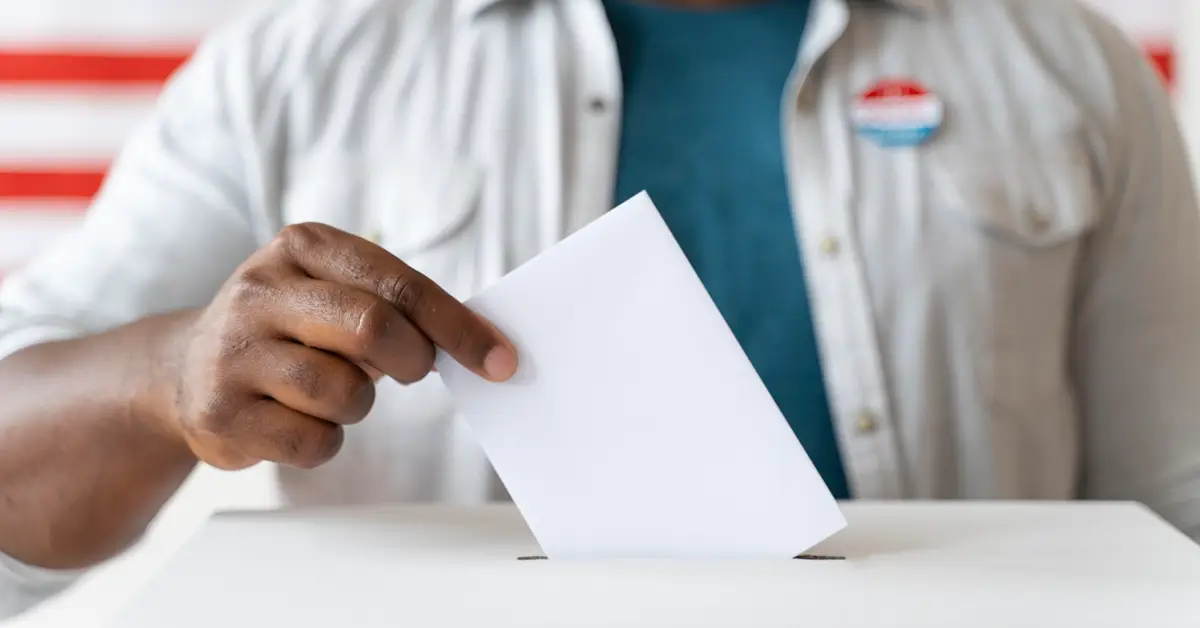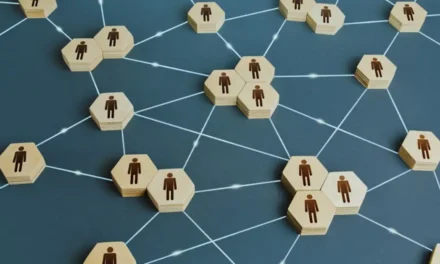Secret ballot laws didn’t end voter intimidation, and the current electoral system leaves most people unsatisfied. An alternative can sow organic change with simplicity, speed, quality and low cost.
- In Autonomous Confederal Ballots (ACB), voters consensually form DAO-like Voter Groups with one-voter minimums (though 2+ is best). Each group’s voters must reside within the same jurisdiction and only vote within their group.
- All votes are public within the group, but not outside it. To stay among confidants is why voters choose their Voter Groups: where they can Openly Vote and Count Together, privately from others. A group could also choose not to use this decentralized confidentiality and opt for anonymity or non-anonymity.
- These results are combined into Anonymized Grouped Results and then shared with all other groups alongside their Electoral Rolls. This is where they undergo Auditing to prevent any double-voting and, if it’s being used with another system (like our current one), then incorporated into that total. If the audit finds that people in a fully-anonymous group voted multiple times, that group could face penalties ranging from a proportional decrease in their votes up to all affected votes being declared spoiled. With Anonymized Grouped Results or non-anonymous ballots, affected Voter Groups would be able to remove fraudulent votes without jeopardizing the rest, thus self-regulating.
SOLVED ISSUES
Insecurity
Electoral fraud is low-risk and high-reward. By creating an inherent auditing system, we block all current fraud paths, such as ballot stuffing and ballot tampering.
Decentralizing responsibility for electoral rolls and voter verification greatly assists upkeep, halts voter fraud (low-reward, high-risk fraud), condemns voter suppression and encourages self-regulation of voter eligibility.
Restrictive Ballots
While ACB can easily plug transitionally into today’s electoral systems, it can also be used in decentralized self-governance where the group itself chooses who or what is on their ballot in the first place. How a ballot is recorded would also be subject to each Voter Group’s needs and wants, such as devices for disabilities, braille or print choice. We could even have viva voce again.
With some adjustment, multiple voting systems can function inside ACB. For example, Instant Runoff Voting would play out within groups and Range Voting could be proportionally converted before either is incorporated into the larger vote count.
Due to the public nature of the vote within group, paper is optional and the original copy kept by each group is authoritative. Open source software and reputable encryption protocols (like Signal) can be used to securely transmit Electoral Rolls and Anonymized Group Results between groups for verification and compilation.
Reticent Voter Turnout & Top-Down Government
Voter confidence can be positively affected by reducing corruption, easing ballot access, removing voter deterrents and allowing alternative voting systems, the lattermost of which would also reduce party/bureaucrat dominance, mud-slinging, endless red tape and us-versus-them mentalities. When Voter Groups can independently design their ballots, ACB also fights the disqualification of “incomplete” ballots for people who choose to not vote between certain options.
While it can function within the current system, ACB can also become the basis for panarchy or anarchic confederalism, where issues can be handled as close to home as possible.
COMPLEMENTARY METHODS
Another system that can work alongside ACB is Ballot Images to Online Open Count (BIOOC). Paper ballots have a unique serial number which would be recorded only by the voter casting it. All ballots are then scanned onto the internet where voters use the serial numbers to verify that their ballot was counted (National Election Defense Coalition, “Solutions for New Voting Systems”). Transparency enables voters and watchdog groups to audit ballots. If a voter wants to reveal that their ballot was miscounted, they can voluntarily de-anonymize. However, while it solves ballot tampering, BIOOC is still vulnerable to ballot stuffing. ACB solves both.
Though starting small, the validation of ACB and BIOOC in the marketplace of ideas will likely convince the undecided, resulting in mass adoption, higher voter confidence and more secure elections that can be incorporated in today’s system, or in minarchic, panarchic or anarchic settings.
The opinions shared here do not necessarily represent the official position of the Libertarian Party. These editorial articles have been submitted by Libertarians across the country, and featuring these topics does not represent an endorsement of the content therein.
The opinions shared here do not necessarily represent the official position of the Libertarian Party. These editorial articles have been submitted by Libertarians across the country, and featuring these topics does not represent an endorsement of the content therein.




I appreciate the forward-thinking concepts in electoral systems presented here. There needs to be a focus on decentralization and transparency. Enhancing electoral integrity and voter confidence with innovative methods like ACB and BIOOC is a good start.
Appreciate the reply!
My initial honest take is that it gives me hope that hated problems are solvabke, though it does seem complex, and so made me hesitate, but I think the potential pay-off would be worth it. It may not be as complex as it sounds once implamented, and it I appreciate that it could be eased into as well. I would be curious how long this would be, start-to-finish, but overall I am interested in this option. 4 out of 5 stars from me. 🙂
Thanks for commenting! This was a little rushed and heavily condensed, so I hope in the future to better show how simple it really is compared to our current balloting system.